
Product information
Château de Beaucastel Châteauneuf-Du-Pape 2016
Rhône Blend from Châteauneuf du Pape, Southern Rhône, Rhône Valley, France
$219
Description
Château de Beaucastel along with Vieux Télégraphe ‘La Crau’ was one of the 1st great Châteauneuf’s I tried. The wines are beautiful, sophisticated & layered with delicious flavours!
Out of stock




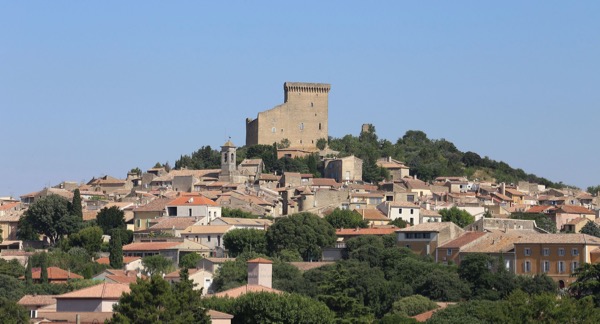
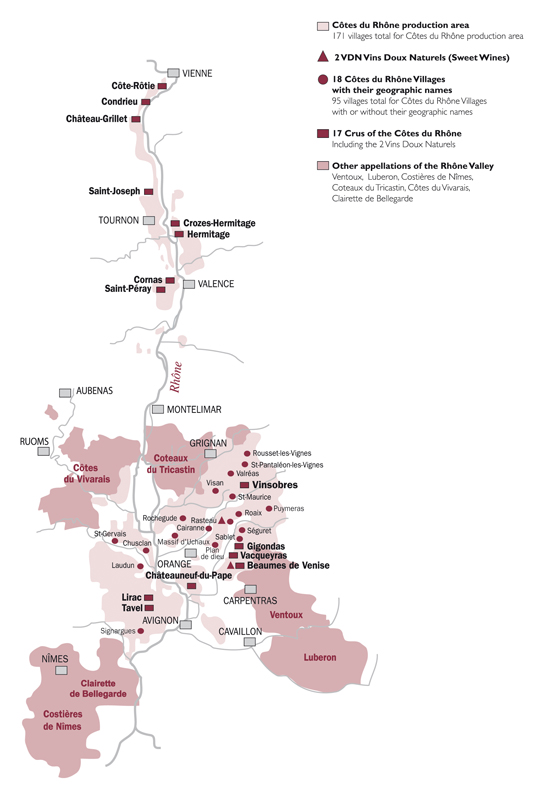
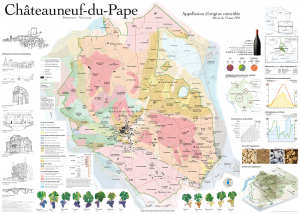
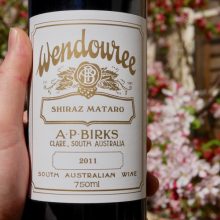
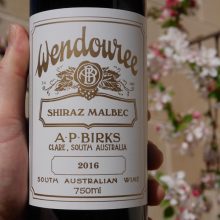
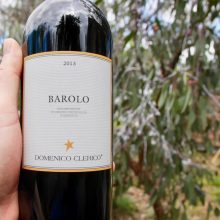
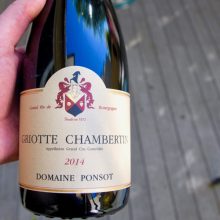
You must be logged in to post a comment.